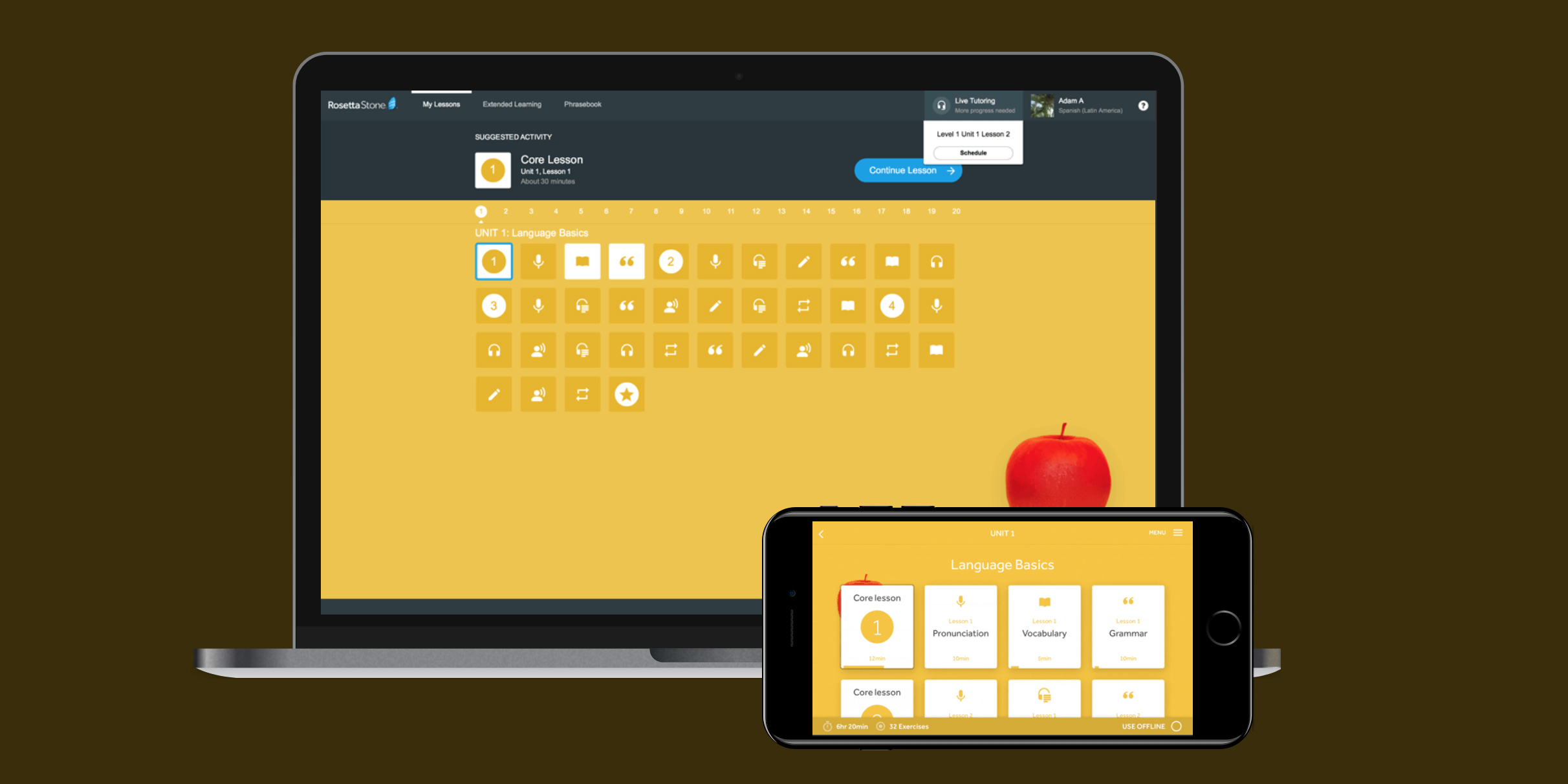

Called Euskara by about 750,000 native Basque speakers, the language has borrowed vocabulary from Spanish but remains distinct grammatically. , one of the oldest living languages in the world, is primarily spoken in the Basque autonomous region along the coast of northern Spain. An estimated 200,000 Occitan speakers are primarily from the Val d’Aran region, which straddles the border between Spain and France. Although it’s one of the co-official languages of Spain, Aranese is more closely related to French and Catalan. Occitan has six major dialects, all of which are listed as endangered by UNESCO. Aranese or OccitanĪranese is sometimes referred to as Occitan, although the Aranese language is just one of the The majority of lenguas de España are Romance languages, and while some have a close relationship with Spanish, others are markedly different in both grammar, pronunciation, and vocabulary. , are five different languages that enjoy co-official status with Castilian Spanish. The languages of Spain, or as Spaniards refer to them That way no matter which region of Spain you find yourself in, you’ll be able to say it like a local. Our advanced voice-recognition technology uses the accent and intonation of native and non-native Spanish speakers to encourage you to perfect your pronunciation before moving on to the next lesson. That’s why Rosetta Stone provides instant feedback in every Spanish lesson with a speech-recognition engine called TruAccent. With so many different languages and influences in Spain, pronunciation can be a tricky endeavor. However, only about 35.6% of the Catalan-speaking population consider Catalan their native tongue, and most also speak Castilian Spanish. About 4 million people are native speakers of the Catalan language, primarily in Catalonia, País Valencià, the Balearic Islands, and the Aragon Strip. Castilian, referred to by the Spanish as Castellano, is the standardized form of Spanish spoken throughout much of Spain and is considered a variety of Peninsular Spanish.Įncompasses all of the varieties of the Spanish language spoken on the Iberian Peninsula, including Castilian Spanish.Ĭatalan, however, is an entirely different Romance language derived from vulgar Latin. Or Latin American Spanish, our Dynamic Immersion® methodology will introduce you to words and phrases in the context of situations in which they’d occur.įor those unfamiliar with the language breakdown in Spain, it can be easy to confuse the terms Castilian and Catalan. Our Spanish lessons are offered in both Castilian and Latin American Spanish so you can customize your language learning experience for the appropriate vocabulary, pronunciation, and grammar. With decades of language learning experience, Rosetta Stone understands and can teach the nuances of the Spanish language. After Franco’s death, the Spanish Constitution allowed many regions of Spain to adopt a co-official language, and today several areas are considered bilingual. Under the dictatorship of Francisco Franco in the early 19th century, Castilian Spanish was mandated as the official language of Spain, and all other languages were banned. If you’re traveling to Spain and want to learn a language spoken by the majority of Spaniards, you’ll want to speakĬastilian Spanish refers to the standardized dialect of Spanish spoken throughout much of Spain, especially in central Spain. Not only is the Spanish spoken in Latin America different from the Spanish spoken in Spain, but each region seems to have its own influences and dialects. This is the perfect approach to help you acquire the skills to speak Spanish with confidence.If you’re considering learning Spanish, you may be a bit confused about which Spanish to speak. First you will master the basics, then tackle the longer phrases. Rosetta Stone has brief, 10-minute lessons which are built in this way. Once you have learned to pronounce basic words and short phrases, you’ll move along in your journey to the longer phrases that make up so much of everyday conversation. TruAccent compares your voice to native speakers and gets you feedback in real time for the most accurate pronunciation.

Rosetta Stone keeps your pronunciation in check with our You’ll need feedback immediately to guide you in any corrections required. The top 10 most common verbs are:Ī critical piece of learning a new language is getting the pronunciation right. In addition to the basic Spanish words, you’ll need to know common Spanish verbs to begin to work on phrases. Starting from the beginning will put you on your way to having everyday conversations in Spanish.


 0 kommentar(er)
0 kommentar(er)
